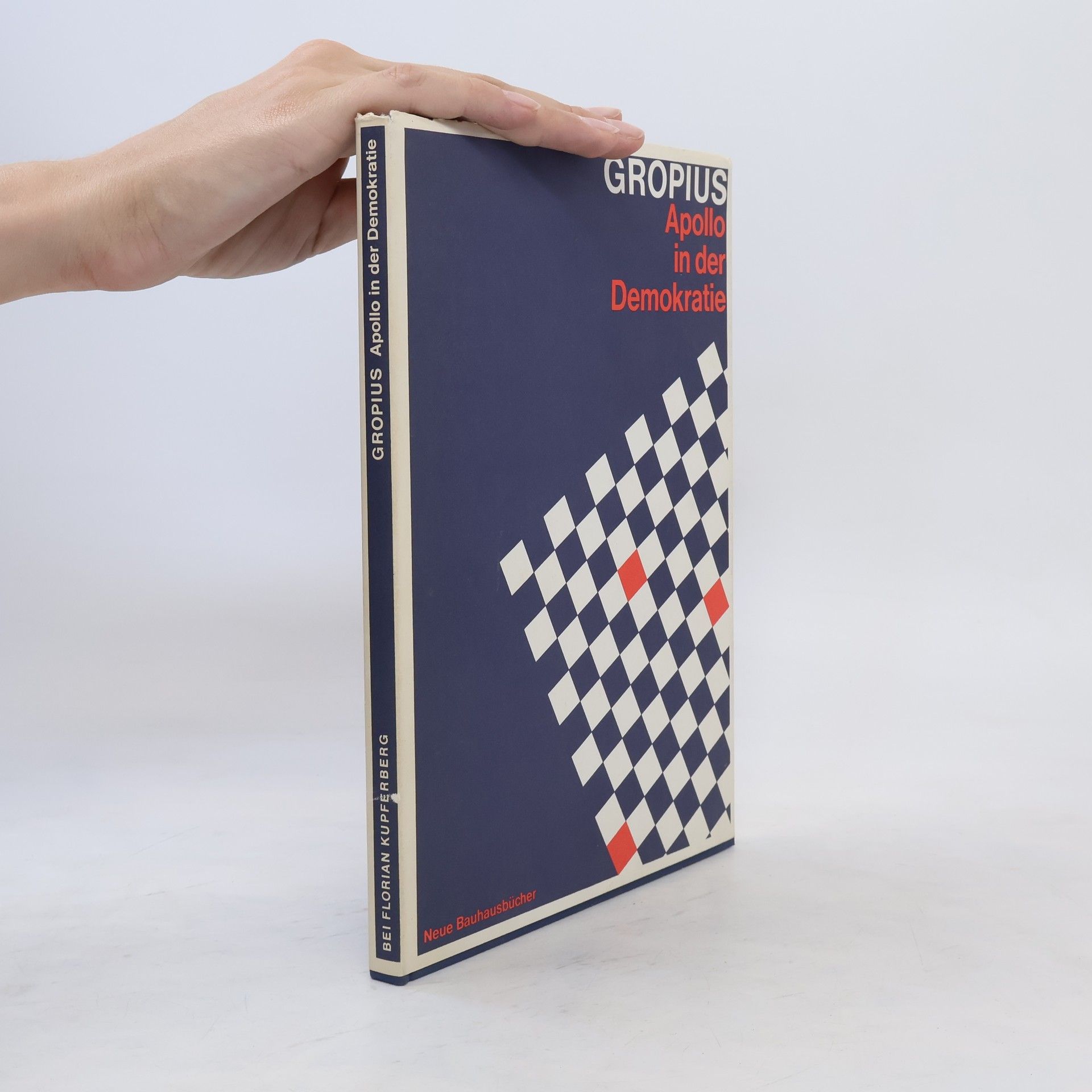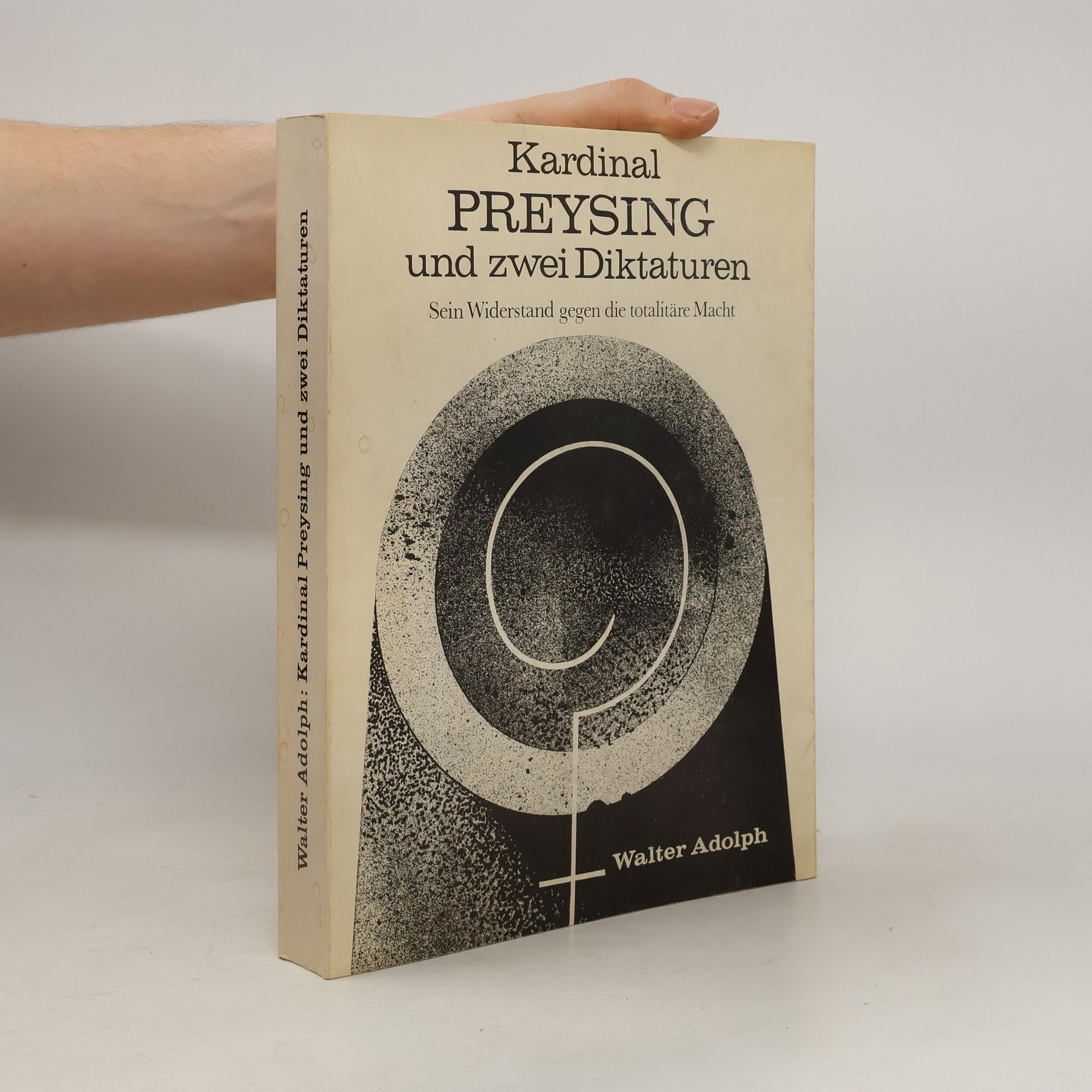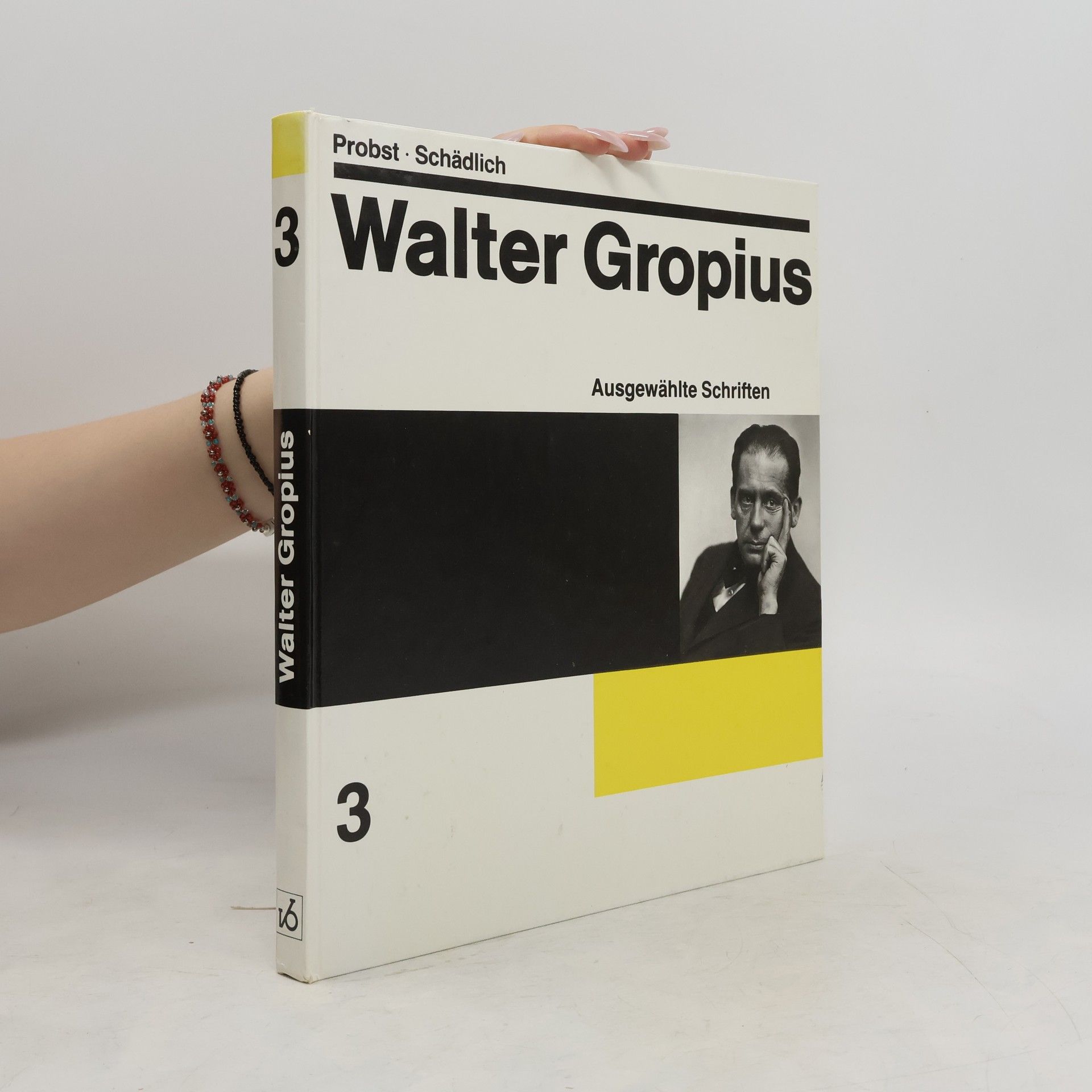One of the most important books on the modernist movement in architecture, written by a founder of the Bauhaus school. One of the most important books on the modern movement in architecture, The New Architecture and The Bauhaus poses some of the fundamental problems presented by the relations of art and industry and considers their possible, practical solution. Gropius traces the rise of the New Architecture and the work of the now famous Bauhaus and, with splendid clarity, calls for a new artist and architect educated to new materials and techniques and directly confronting the requirements of the age.
Walter Gropius Knihy

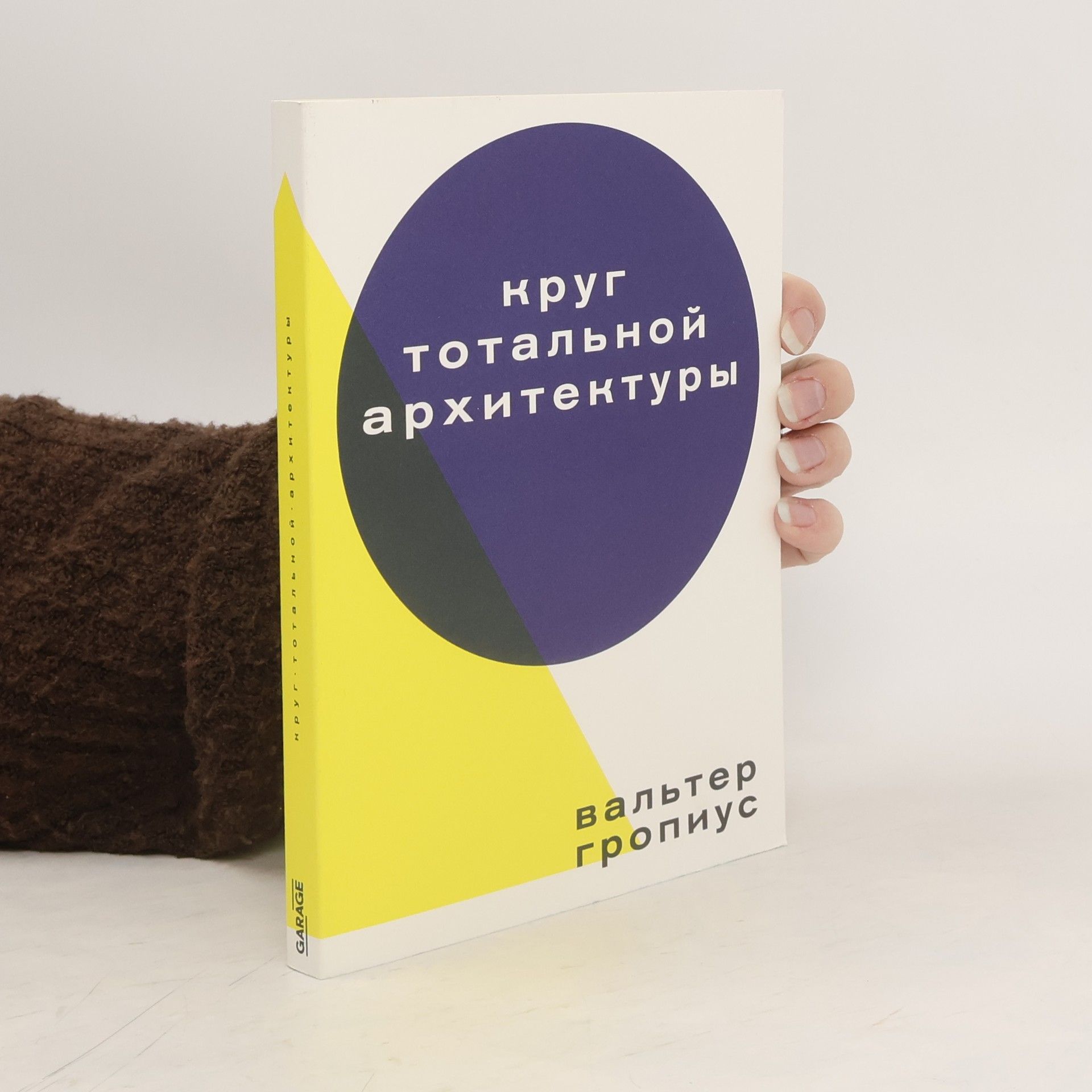
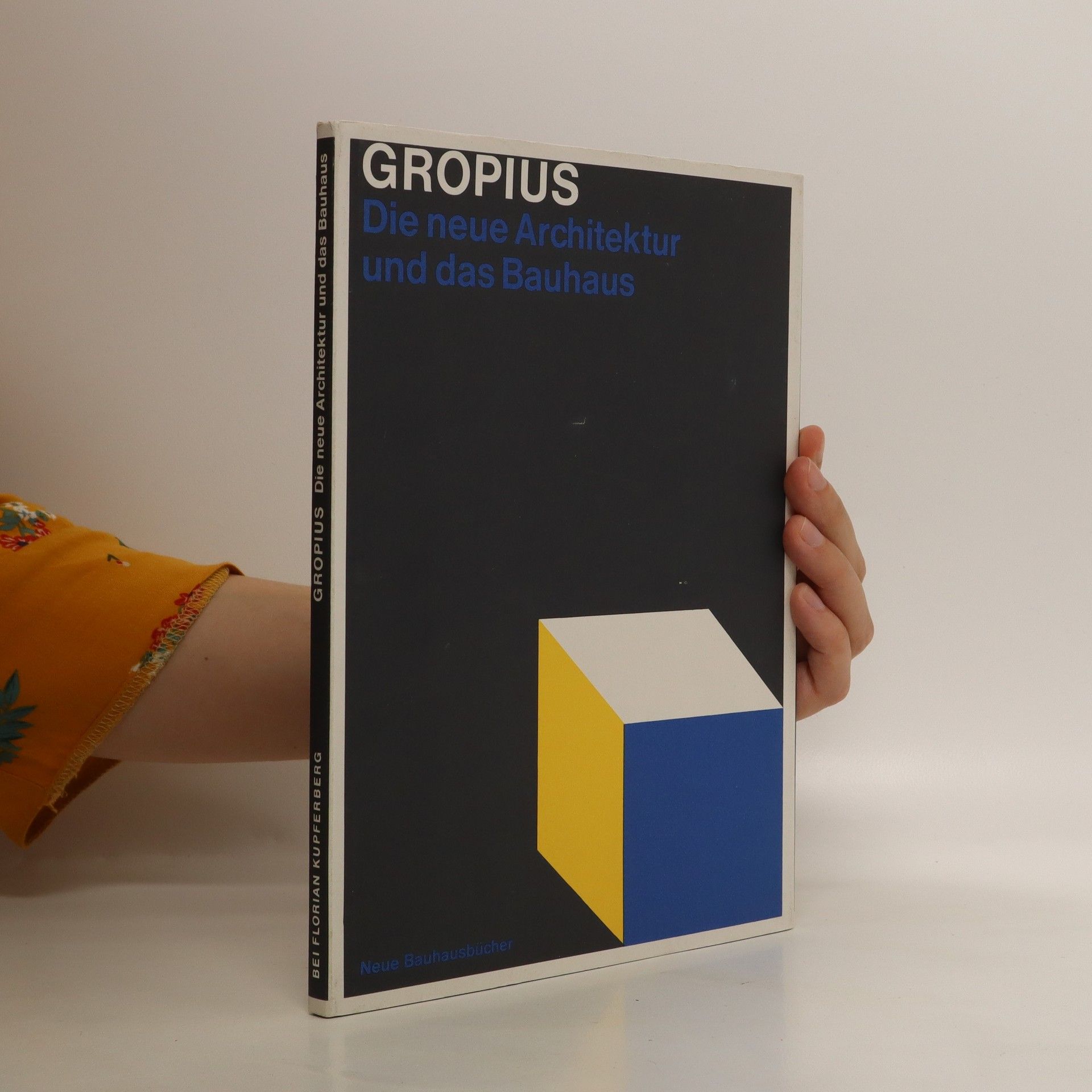



Scope of Total Architecture
- 186 stránek
- 7 hodin čtení
Offering a non-technical analysis of contemporary architecture, this book showcases the visions of some of the world's greatest architects shortly after World War II. It presents an inspiring outlook on the potential for improved living conditions in Western industrial society, reflecting the optimism and creativity of the era. The insights provided aim to guide readers toward understanding the evolution of building design and its impact on future communities.
New Works from the Bauhaus Workshops
Bauhausbücher 7
Walter Gropius outlines the guiding principles of Bauhaus living, from household utensils to textiles and ceramics The Bauhaus sought to unite life, craftsmanship and art under one coherent ethos and aesthetic. In New Works from Bauhaus Workshops--the seventh of the Bauhaus' publications--the institute's founder, Walter Gropius (1888-1969), provides a comprehensive overview of the Bauhaus workshops. He explains the basic principles guiding the teaching, describes contemporary developments in architecture and illuminates the Bauhaus point of view on household utensils, which was geared toward finding the most suitable form for the respective object. Here, Gropius presents the Bauhaus workshops in Weimar devoted to furniture, metals, textiles and ceramics, among other subjects.
Вальтер Гропиус (1883–1969) — ключевая фигура архитектурного пантеона ХХ века, стоящая в одном ряду с Фрэнком Ллойдом Райтом, Ле Корбюзье и Мисом ван дер Роэ. Основатель Баухауcа и теоретик модернизма, Гропиус на протяжении десятилетий последовательно задавал ключевые вопросы, целясь в наиболее болезненные точки современной архитектуры, и зачастую формулировал исчерпывающие ответы. Доказательство его беспримерной последовательности — эта книга-манифест, изданная в 1955 году. В ней собраны эссе, статьи, записи выступлений архитектора за тридцать лет: самая ранняя из глав книги — «Индустрия домостроения» — впервые была опубликована в виде статьи в 1924 году, самая поздняя — «Архитектор — ведо´мый или ведущий?» — в 1954-м. Обе органично вошли в структуру книги, доказывая, что Гропиус не менял убеждений, а лишь выверял на практике (как в первом случае) и развивал концепции, впервые намеченные в эпоху Баухауcа.
Bauhaus 1919-1928
- 224 stránek
- 8 hodin čtení
A study of the artists, theories, and achievements of the German school which exerted a strong influence on all facets of modern art and architecture
Zbiór esejów wybitnego architekta, jednego z współtwórców modernizmu, założyciela Bauhausu. W przystępnych i pełnych pasji tekstach autor skupia się na najważniejszych dla niego zagadnieniach: jaka jest rola architekta we współczesnym świecie? W jaki sposób rozwijać się jako projektant? Co powinno być ambicją młodych twórców? Czym był Bauhaus? Napisana w rozkwicie ery przemysłowej książka jest zaskakująco aktualna. Gropius podkreśla wagę wszechstronnego wykształcenia oraz praktyki, zachęca do odejścia od sterylnego świata architektonicznych pracowni, postuluje rozwój urbanistyki, który mógłby zawstydzić współczesnych architektów oraz decydentów. Nowoczesność Gropiusa jest mądra, wrażliwa, demokratyczna w najszlachetniejszym znaczeniu tego słowa: książka zrywa z technokratyczną wizją modernizmu, pokazując jego humanistyczne i wrażliwe oblicze. Pełnia architektury to książka, z której największy pożytek będą mieli młodzi architekci (i humaniści w ogóle do jej zrozumienia niepotrzebna jest specjalistyczna wiedza): udowadnia, że nawet w skomercjalizowanym świecie warto pozostać idealistą; podpowiada, w jaki sposób wykorzystać zapał i wiarę we wspólne dobro w codziennej pracy. Pozycja obowiązkowa dla wszystkich, którzy wątpią, że to możliwe.
